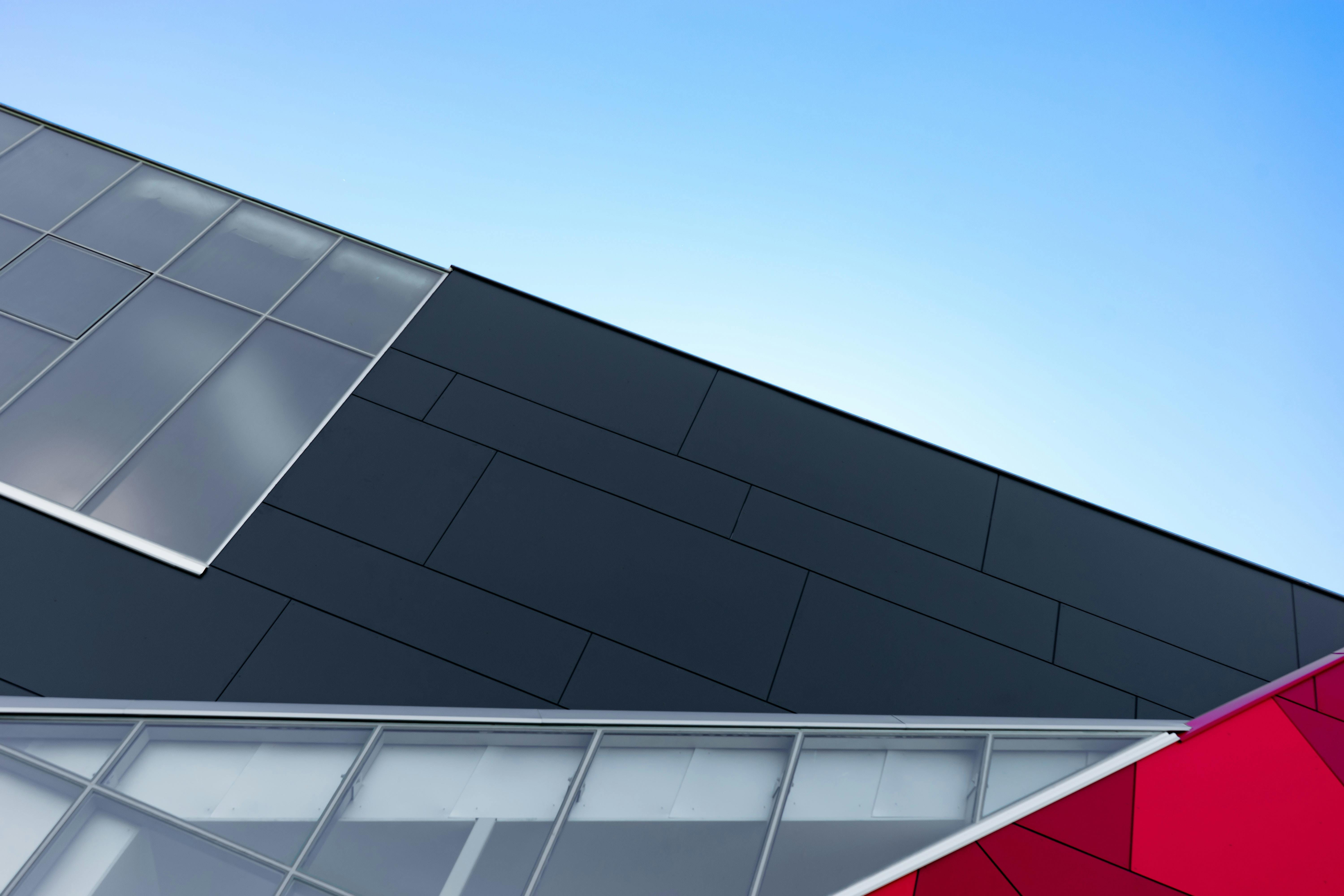Clouds Shader Tutorial
The Unity Procedural Clouds shader enables you to create clouds in your game. This shader has several ways of rendering clouds. First, it can render clouds with two planes. Another way is by intersecting a ray with a sphere. Then, the shader steps along the ray with a for-loop, multiplying the result by the density value, which determines the cloud’s opacity.
Once you have selected the right setting, you can go ahead and create your clouds. In the Scene view, choose GameObjects that have volume components. Then, go to the GameObject Inspector and click on Add Override > Sky and Volumetric Clouds. In this view, you can select the type of clouds you want to use and change the texture properties. You can also set the Temporal Accumulation Factor to lower it if you wish to see instant changes.
You can also use the Local Scattering setting to create clouds with multi-scattering. Higher values make the lighting appear more diffuse within the cloud. Another option is Volumetric Clouds, which can cast shadows. If you use this option, you need to override the Cloud Layer shadow cookie.
If you want to add clouds to your Unity game, you can apply the unity cloud shader. The shader applies a layered noise to the subdivided plane. This layered noise moves at different rates, simulating the changing shape of clouds. The shader also uses a depth buffer to fade the alpha.

Unity Procedural Clouds Shader Tutorial
The shader has many settings for changing the type of clouds. You can choose a single texture to represent a single cloud type, or a mixture of multiple textures. The default setting is “Spreading Clouds”, while the Advanced mode uses separate textures for each type. You can also select the Manual mode, which uses a cloud map and lookup table supplied by the user. The sparse mode uses smaller clouds, while the cloudy mode produces medium-sized clouds. Finally, the overcast mode creates a dense layer of clouds.
You can change the resolution of clouds with the Cloud Resolution, Cloud Map, and Cloud Shadows. These settings affect the texture of the clouds in your Unity game. Higher values make the clouds appear lighter, while lower values suppress ambient light, resulting in darker clouds. If you need more control over the amount of light in your Unity game, you can also use the Erosion Factor.
You can also use the Cbuffer property to control the brightness of the clouds. The Cbuffer property allows you to change the intensity of the clouds by adjusting the brightness and color. A default shader is called a “Simple VertexFragment Shader”, while a custom shader is called a “SubShader”.
The clouds can be customized to match your color palette. If you are using a custom color palette, you can change the hue of the clouds to match the color of the sky. This allows you to transition from a cloudy to clear sky. This is an extremely convenient feature for Unity developers. It is important to choose a shader based on the type of cloud you want to add to your scene.

